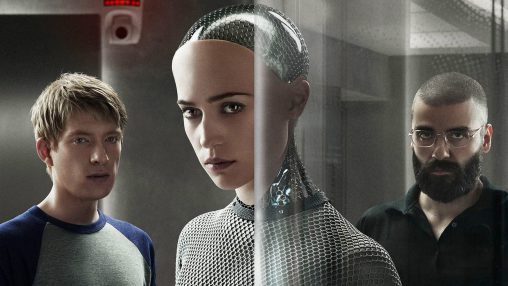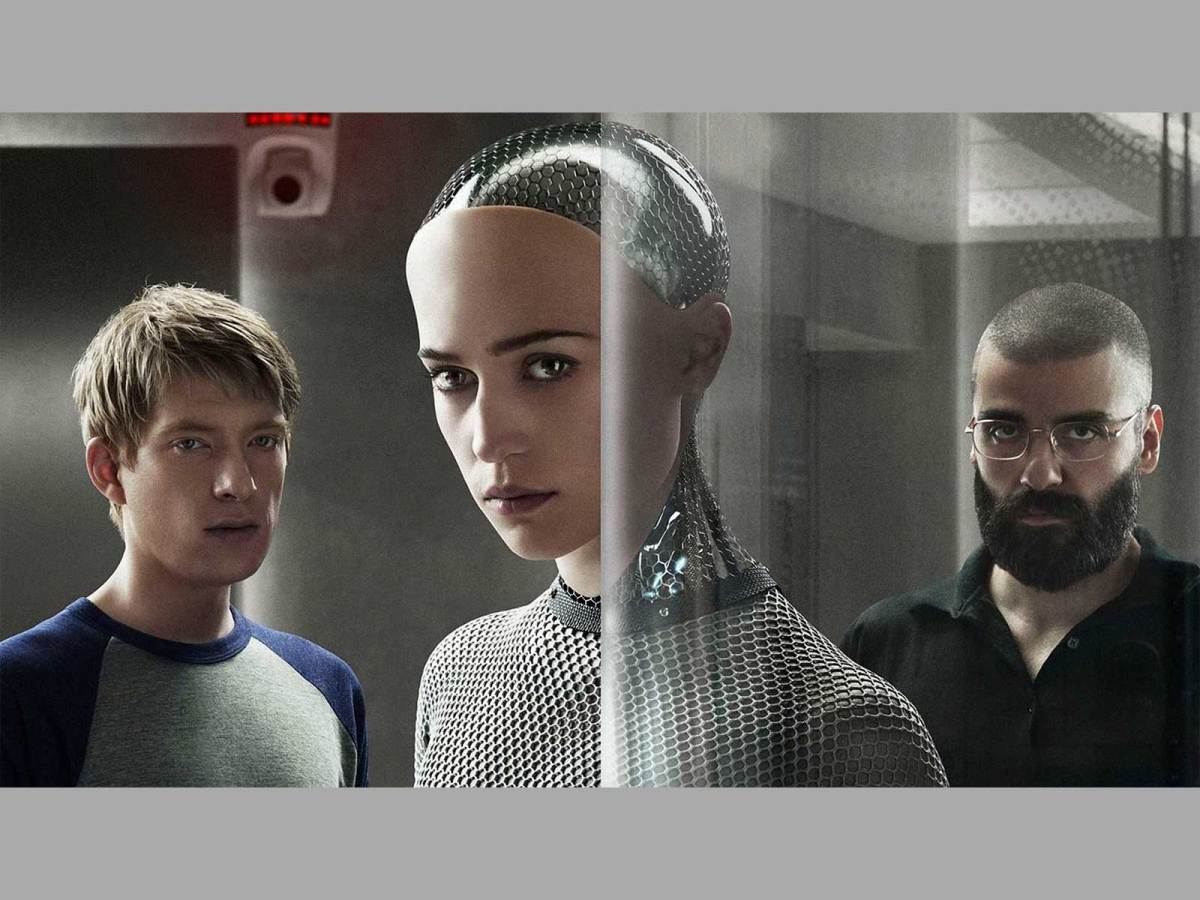This author is on Twitter: @Patrickavenell

Robots and robotics are hot topics in the technology and consumer electronics industries at the moment. Advances in computer processing power, battery life, motion sensors and short range connectivity have seen robots leap from the pages of science fiction novels and the frames of futuristic cartoons into the lives of early adopters.
The intrinsic nature of the robot is very appealing to humankind. We see artificially intelligent creations, be they robot vacuum cleaners, human-esque androids or even Sony’s esoteric robo-dog as being manifestations of our collective conscience, but without the physical exertion that normally accompanies spring cleaning, interpersonal relations and throwing a saliva-drenched ball in the park.
It doesn’t seem to be a coincidence that at the same time we’ve seen a rise in interest in consumer robotics that the AI genre is having a renaissance at the cinema. Her was nominated for a slew of Oscars, RoboCop was remade for decent returns, South African auteur Neill Blomkamp tackled the subject in the critically mauled CHAPPiE and currently in cinemas is human/android love story of sorts, the well-received Ex Machina. These films join a beloved canon that also includes Blade Runner, 2001: A Space Odyssey and AI: Artificial Intelligence. Robotics in these cinematic works are, variously, to be feared, respected, loved and pitied.
I recently had the chance to judge the Good Design Awards and when some youngsters came in to play with the toys that had been submitted in a different category, they were all drawn to the Miele Scout robot vac that we were assessing in the Domestic Appliances section. The kids loved how the Scout could sense obstructions in its environment, such as chairs, steps and power cords, and navigate around them. When the battery is low, it knows to return home to base to be juiced up. Why do robots enthrall us so? It’s not just the ability to put your feet up and let a piece of electronics do the cleaning — there is definitely more to it — like the safe thrill of a rollercoaster or horror film, mankind yearns for a contained experience of the other. We crave robots because we are drawn to their power — to move independently, to follow through on a task, to think for itself — and we love them for our control is as simple as a on/off switch.
But there is a constant anxiety. Alex Garland, writer and director of Ex Machina, expressed this hesitancy with eloquence in a recent New York Times guest column:
We have laptops and cellphones and tablets, and most of us don’t understand how they work. But the devices seem to understand how we work. They anticipate what we want to say in text messages and search-engine inputs, and know what we want to buy, see and read. This one-way understanding makes us anxious. We locate the anxiety in the machines, which translates as anxiety about AI.
We know that robotics in floorcare is definitely a trend on the move. Witness Dyson’s £5 million (AUD $9.3 million) investment in a robotics research centre at British University, Imperial College London. Not only is Dyson exploring robotics for use in vacuum cleaners, and we should see the release of the 360 Eye sometime this year, but there is a broad scope to what innovative companies like Dyson, Miele, Samsung and Apple — and others like them and new ones yet to be minted — can achieve in this field of automated endeavour.
In Malta recently for the 2015 IFA Global Press Conference, I spoke with Udo Jansen, the global director for small domestic appliances at GfK. He identified seven categories, some more immediately viable than others, for a robotic revolution. The first and most obvious one is in vacuuming and floorcare. These appliances have been in homes for some time but we’ve yet to see a truly powerful robot vac; one that can actually suck like we’re used to, for want a better phrase. Most of the robot vacs on the market — and many of these are excellent appliances — have only partial suction and act more as sweepers of surface debris. As an animated (and fictional) Bill Gates once said, ‘You don’t get rich by writing cheques’, so it’s unlikely that billionaire Sir James Dyson would part with 5 large unless he was confident the technology can suck to Dyson’s high standards. It won’t be long until robot vacs are much more common and affordable but there are other applications as well.
Jansen identified window cleaning, lawn mowing, pool cleaning, pet feeding and messaging and imminent consumer technology to get the robot treatment. Robots are not necessarily new to these categories — I remember once visiting Smeg’s head office in Guastalla, Italy, with several other journalists are we were all captivated by the robot lawn mower caretaking the grounds — but what will be new is advanced operability and consumer-sized application. The robot lawn mower that patrols a wide expanse of Italian countryside is not suited to a backyard, but with economies of scale and significant investment, say, in a smartphone app to act as a remote control, robot lawn mowers could soon be the must-have item for all Australians living their quarter-acre-block dream.
The seventh example Jansen proffered was his most expansive: robot ironing. He showed me a mock drawing of an android — think Daryl Hannah from Blade Runner — standing at an ironing board getting the job done with an oversized iron that bares some resemblance to Laurastar’s innovative garment care appliances.
I’m not convinced ironing androids are in our near future but I am very excited for the possibilities this incredible but still evolving field of technology provides.
The 2015 IFA consumer electronics expo is being held in Berlin 4-9 September 2015.

